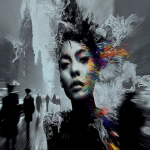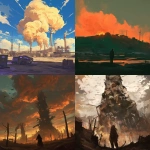Explore the Best AI Image Gallery
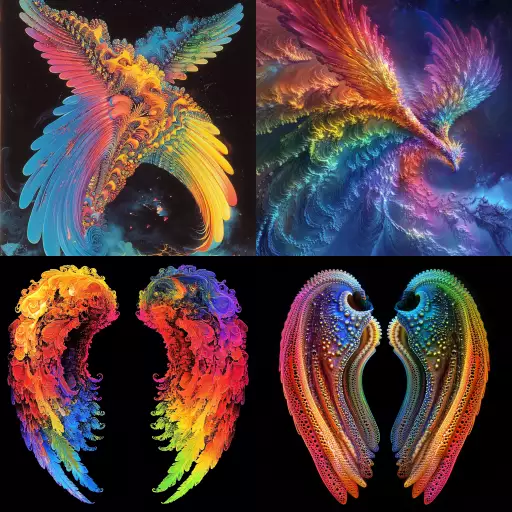
AI Images: Reshaping the Design Landscape
The world of design is undergoing a seismic shift with the advent of artificial intelligence (AI) image generation. Tools like DALL-E 2, Midjourney, and Stable Diffusion are empowering creators to conjure stunning visuals from simple text prompts, blurring the lines between imagination and reality. This burgeoning technology is poised to revolutionize numerous aspects of the creative industry, offering both exciting possibilities and complex challenges.
A Canvas Unleashed: Applications of AI Images in Design
AI image generation presents a plethora of applications across diverse design domains:
- Logo Design and Branding: Generate unique logo concepts based on specific keywords, brand values, or industry aesthetics.
- Web and App UI/UX Design: Quickly iterate through visual concepts for interfaces, creating mockups and prototypes with ease.
- Marketing and Advertising: Craft captivating visuals for social media campaigns, advertisements, and marketing collateral, tailored to specific target audiences.
- Illustration and Concept Art: Produce stunning illustrations for books, magazines, games, and films, bringing imaginative concepts to life.
- Packaging Design: Generate eye-catching packaging designs that align with product branding and consumer appeal.
The Ethical Landscape: Navigating Concerns with AI Images
While the potential of AI image generation is undeniable, it also raises several ethical considerations:
- Copyright and Intellectual Property: Questions arise about ownership and copyright when AI systems generate images based on existing data. Establishing clear guidelines for intellectual property rights in this domain is crucial.
- Bias and Representation: AI algorithms are trained on vast datasets, which may contain biases that reflect societal stereotypes. Its essential to ensure that AI-generated images promote diversity and inclusivity, avoiding harmful representations.
- Misinformation and Deepfakes: The ability to create highly realistic images raises concerns about the potential for misuse in spreading misinformation or creating deepfakes, which can have damaging consequences.
- Job displacement: As AI tools automate certain design tasks, there are concerns about potential job losses for human designers. Its important to consider the broader societal impact and explore strategies for workforce adaptation.
The Future of Design: Embracing Collaboration
The future of design lies in a harmonious collaboration between human creativity and AI capabilities. Rather than viewing AI as a replacement for human designers, its essential to recognize its potential as a powerful tool to augment and enhance the creative process.
AI can assist designers by:
- Automating repetitive tasks: Freeing up designers to focus on higher-level creative endeavors.
- Generating diverse concept iterations: Providing a wider range of options for exploration and inspiration.
- Personalizing designs: Tailoring visuals to individual preferences and contexts.
Conclusion
AI image generation is undeniably transforming the design landscape, offering both unprecedented opportunities and complex challenges. By embracing ethical considerations, fostering collaboration between humans and AI, and continuously exploring new applications, we can harness the power of this technology to shape a more creative and innovative future.
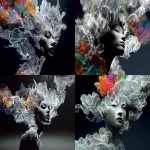





](https://images.ai-img.art/thumbnails/150/7cf5a08238f29c821f52bb4f63db48af0b7f633ff3b9f7253074d78ced9ff6f6.webp)
](https://images.ai-img.art/thumbnails/150/ff09e32d2be011c0dd785984c5c1e47839ce551a31da1bde242860b30df2aa30.webp)










](https://images.ai-img.art/thumbnails/150/685ae68cfab93a7e59a71206867b060c45bd6fd3cd561c4fe60fca514b09c5f8.webp)



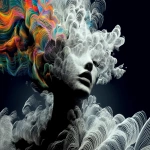











](https://images.ai-img.art/thumbnails/150/a3ed6513a6661aa3ee46e0c2924d1e8888854e91d8908de39db5590dc41f8d8f.webp)
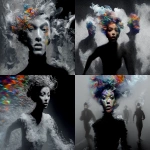
](https://images.ai-img.art/thumbnails/150/bd056a4718c27444e064198762f8dc8ffa1f74f1afd7dcda8d5cb8b142797d6e.webp)
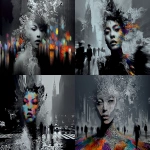
](https://images.ai-img.art/thumbnails/150/2ebdeb4f7db35100e5be5de9bc3e533a40d14e5feedefd7ffc586524a0f3ba8c.webp)
](https://images.ai-img.art/thumbnails/150/0ba0be922ab76af53f75ab90126ae2b18a600ee3b96941e8ab897a9f10594e5a.webp)





](https://images.ai-img.art/thumbnails/150/847809c77ca9a73b68bc190e6efb06fec87157685a243730d5a66a403b0e6e10.webp)
